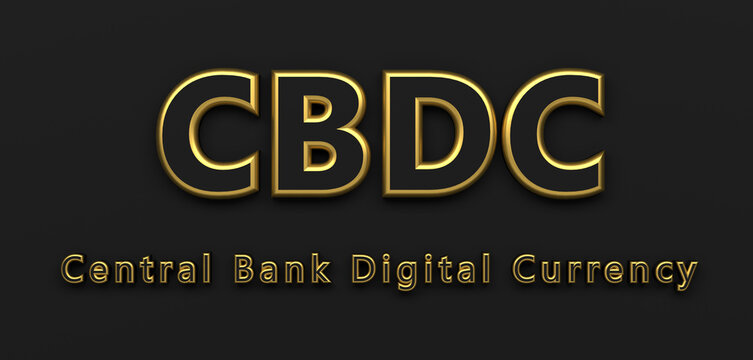Central Bank Digital Currency

Central Bank Digital Currency (CBDC) Introduction: A Central Bank Digital Currency (CBDC) is the digital version of a nation’s fiat currency, issued and governed by its central bank. It is designed to function as a legal tender and is intended to complement (not replace) physical cash. Unlike cryptocurrencies, which are decentralized and volatile, CBDCs are fully regulated, stable , and legal forms of money . India's Digital Rupee (e₹) was launched in 2022 by the Reserve Bank of India (RBI) as part of its pilot program to enhance the efficiency of the currency system. Key Features of CBDC: Feature Description Sovereign Backing Issued by central banks and holds the status of legal tender Digital Form Exists electronically, no physical form like paper currency Programmability Can be customized with rules (e.g., expiry date, usage limits, subsidies) ...
